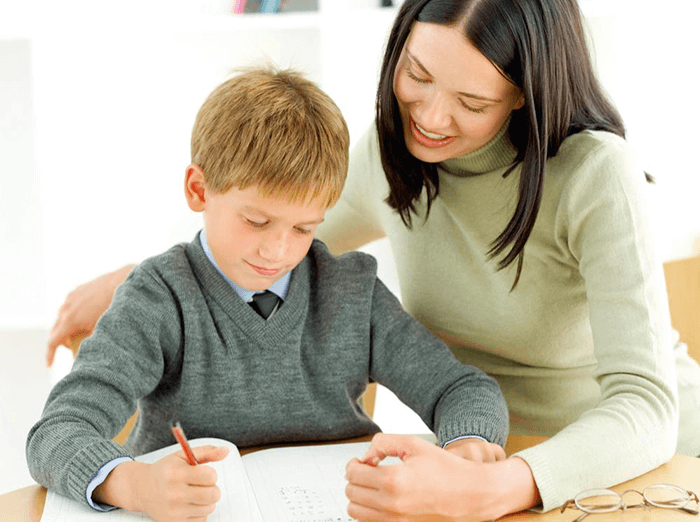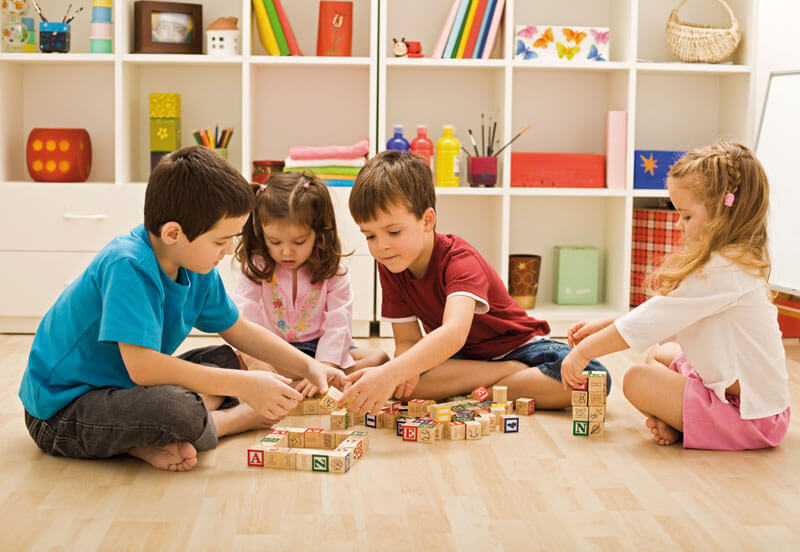5 Montessori Tips for Educating Your Children

Here are some valuable Montessori tips that parents can use to educate their children. Since there is, of course, no school for parents, this guide is an ideal source to help “train” us, in a way, in the complicated but beautiful art of forming the human beings that matter most to us in the whole world.
The Montessori method was conceived by the late Italian doctor Maria Montessori in the 20th century. This educational approach is based on the theory that the starting point to a child’s education should be a holistic focus on love and understanding.
“Love is for the child as the sun is for flowers; bread is not enough. It needs affection to be good and strong”
—Concepcion Arenal—
The following information will help you learn the basic principles of the Montessori method so that you may have the opportunity to apply them with your child.
Montessori tips

Children are like sponges! Use this to their advantage!
The Montessori method suggests that little ones have the ability to nourish themselves from the world around them constantly and in infinite ways and, though they are not conscious of it, they are constantly learning.
It is the parents’ responsibility, as well as that of society and its schools, to give children an enriched environment that offers teachings and values of all types – experiences that they can make their own in order to form their own identity.
Curiosity is the starting point to any learning opportunity
Children are curious by nature, and this avid curiosity gives them their impulse to discover, to ask questions, and to want to know about things beyond what their eyes can see and their ears can hear.
Adults should “use” this quality that is so particular to infancy in order to educate their children and shape them for life.
Adults shouldn’t wait until a child’s curiosity presents itself on its own, but rather seek it out, inspire it, and make it a part of daily life so that the child is stimulated to learn.
Once this is accomplished, parents should leave their children to investigate on their own, putting what they’ve learned so far to the test; to make their own discoveries and come to their own conclusions about the experiences they’ve had.
Encouraging your child’s curiosity doesn’t mean taking the pleasure away by telling your child what he will find, but rather it is giving your child the opportunity to learn on his own, while you remain one step behind to guide him.
Guide your child with lessons and values
It is said that the home is the child’s first learning place. This means, then, that parents are the first teachers and the most influential figures in a child’s life. For that reason, the parents’ role is to guide the child, and to serve as examples and molders during many of the lessons that your child is constantly learning.
In this mortar of knowledge, parents shouldn’t forget to transmit the values of love, integrity, and responsibility that their small disciple will need now and in the future.
Provide a stimulating learning environment

One of the incentives that a child needs in order to want to learn has to do with the environment in which he develops and is educated.
The Montessori method talks about a prepared environment in which the tangible and the intangible flow together, and that is based on love, the child’s sense of security, peace, beauty, the organization of all the environment’s elements, and a comfortable space in regards to lighting, warmth, harmony with nature…
It is the parents’ job to provide their child not with spaces that breathe opulence, but rather with environments in which the child feels secure and stimulated to learn.
Autonomy and freedom to become stronger and more self-assured
From the time they are small, according to the Montessori approach, children should be taught to be independent.
Autonomy during childhood is based on children having the capacity to do things for themselves, even though sometimes the children, in search of their mother’s warmth, enjoy having something done for them, and wish for their mother to do it.
According to this method, children should be given responsibilities in order to know what effort is, and be given tasks that involve them, directly or not, so that they can learn to be free and independent.
All cited sources were thoroughly reviewed by our team to ensure their quality, reliability, currency, and validity. The bibliography of this article was considered reliable and of academic or scientific accuracy.
- Campos, O., & Claudia, R. (2003). Método Montessori. Psicopedagogía II Semestre.
- Febres-Cordero Intriago, I. M. (2014). La importancia de promover la autonomía en niños de cero a cinco años(Bachelor’s thesis, Quito, 2014). http://repositorio.usfq.edu.ec/handle/23000/3152
- Hainstock, E. (2013). Teaching Montessori in the home: The Pre-School years.Toronto: Random House.
- Montessori, M. (2013). Metode Montessori. Jogjakarta: Pustaka Pelajar.
- Pitamic, M. (2004). Teach me to do it myself: Montessori activities for you and your child. New York: Barron ́s Educational Series, Inc.
- Seldin, T. & Epstein, P. (2003). The Montessori way. Florida: Todd Allen Printing Co.Inc.
- Valdebenito, P. E., Profesora, V., Claudia, I. :, Bocaz, S., Campos, R., Ramo, O., & Loyola, : (2003). METODO MARIA MONTESSORI. Instituto Profesional Luis Galdames.
This text is provided for informational purposes only and does not replace consultation with a professional. If in doubt, consult your specialist.








